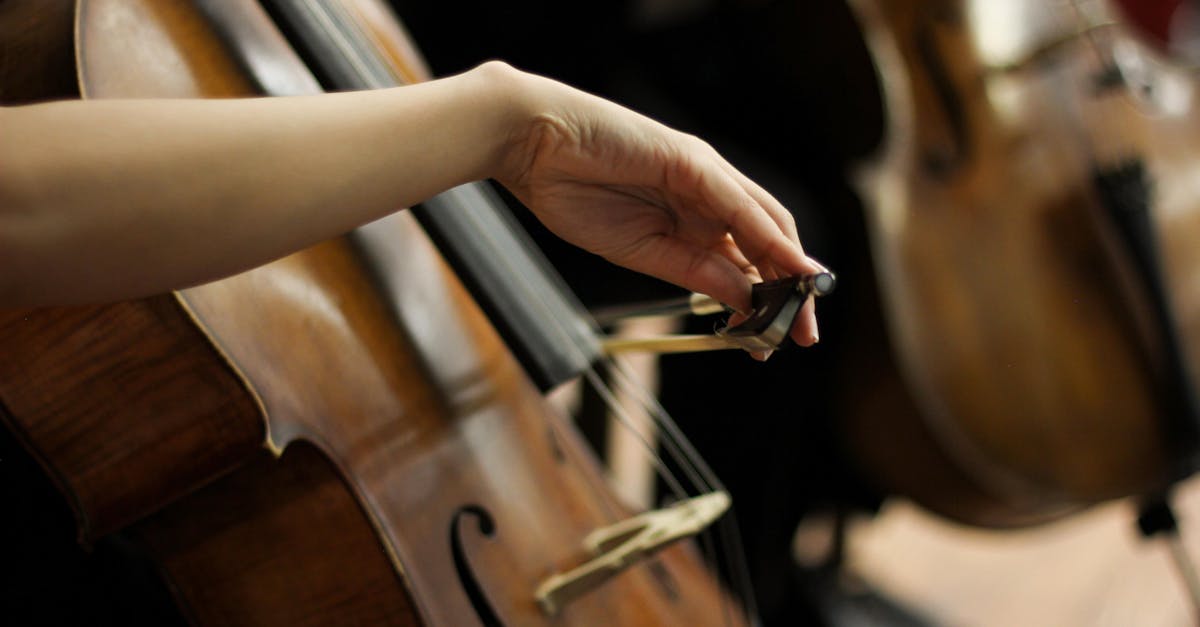Rhythmic Renaissance Celebrating World Music Revivals
Introduction
In recent years, a global wave of musical revivals has captured the world's attention, celebrating the rich and diverse traditions of world music. This resurgence of interest breathes new life into traditional genres once overshadowed by modern pop culture. What drives this harmonious revival, and how does it impact cultural heritage? Efforts to preserve and promote ancient melodies are bringing generations together, forging connections across continents. From vivid festivals to collaborations between contemporary and traditional artists, this movement is reshaping the global music landscape. Join us as we explore the rhythmic renaissance and its celebration of world music appreciation.
Advertisement
The Roots of World Music
World music encompasses an expansive tapestry of sounds, embracing each culture's unique musical traditions. These roots extend back centuries, where music served as a medium for storytelling, rituals, and community bonding. Including everything from indigenous chants to intricate stringed melodies, these genres encapsulate humanity's shared history. With influences spanning continents, cultures interwoven through trade and migration gave rise to innovative musical styles. As societies evolved, these traditional sounds faced the threat of decline. Yet, their enduring resonance and universal appeal have rekindled interest in rediscovering their artistic narratives.
Advertisement
The Movement for Revival
The current movement to revive world music stems from a growing awareness of cultural preservation. Musicians, local communities, and global organizations recognize the urgency in passing on these ancestral traditions before they fade into memory. This resurgence is fueled by a desire to maintain cultural identities while fostering intercultural understanding. Traditional music revivals are capturing the attention of younger audiences who are eager to rediscover their roots. Dedicated musicians are embracing these genres through archival research, mentorship with elders, and innovative reinterpretations. Their efforts to bridge past and present are at the heart of this rhythmic renaissance.
Advertisement
World Festivals: A Celebration of Diversity
Festivals play a pivotal role in showcasing the enchanting vibrancy of world music. Global gatherings, such as WOMAD (World of Music, Arts, and Dance) and Fête de la Musique, provide platforms for artists to share their traditions with international audiences. These festivals offer unforgettable experiences, where visitors revel in the diversity of sounds, exploring ancient rhythms and innovative fusions. Artists from Africa, Asia, and the Middle East join forces with their counterparts from Europe, America, and beyond, transcending cultural boundaries. As these events grow in popularity, they nurture appreciation for the world's rich musical heritage.
Advertisement
The Role of Academia in Preservation
Academia plays an integral role in the preservation and promotion of world music. Ethnomusicologists and scholars meticulously document and analyze traditional music, ensuring its survival for future generations. Research programs at universities around the world offer students the opportunity to study indigenous instruments, genres, and techniques. By facilitating cross-cultural exchanges and collaborations, these institutions foster dialogue and innovation in world music. Through curricula and public outreach initiatives, academia supports the dissemination of these invaluable global traditions, keeping them alive and relevant in the 21st century.
Advertisement
The Influence of Technology
Technology has become an ally in the world music revival, enabling musicians to reach wider audiences and archive traditional pieces for posterity. The internet facilitates easy access to rare recordings and tutorials, empowering aspiring artists to learn from master musicians. Online platforms and streaming services have amplified world music's reach, providing exposure for lesser-known artists. Furthermore, digital recording technology enables artistic collaborations across the globe, fusing traditional styles with contemporary innovations. This marriage of tradition and technology amplifies the timeless beauty and cultural significance of global melodies.
Advertisement
Contemporary Interpretations and Collaborations
A highlight of the rhythmic renaissance is the innovative blending of traditional and contemporary elements. Visionary artists collaborate to create modern renditions while holding steadfast to the cultural essence of original compositions. These inventive interpretations merge ancient instruments with electronic beats and modern orchestras, appealing to diverse audiences. Collaborations between world music artists and pop icons further enhance accessibility and appreciation. Through these creative endeavors, listeners can embark on musical journeys that transcend time and geography, leaving a lasting impact on global music appreciation.
Advertisement
Music as a Catalyst for Cultural Exchange
World music has long served as a catalyst for fostering global cultural exchange. Shared musical experiences encourage open dialogue, empathy, and understanding between people from diverse backgrounds. These interactions foster deeper appreciation for the values and stories embedded in musical traditions. As the world music revival gains momentum, it sheds light on the importance of celebrating cultural diversity. By embracing the rhythms and melodies of different communities, audiences complexify their perspectives on shared humanity and its vibrant heritage.
Advertisement
Facing Challenges and Embracing the Future
Despite the upsurge of interest, the world music revival faces challenges, including commercial pressures and cultural appropriation concerns. Artists must navigate these landscapes while maintaining authenticity. Collaborative efforts are crucial to ensuring that traditional artists benefit from the spotlight they deserve. Partnerships with organizations dedicated to protecting cultural heritage provide pathways to ethical promotion and appreciation. Embracing technological advancements and creative collaborations, the world music revival holds promise for sustained growth. By striking a balance between preservation and innovation, it paves a path for a harmonious and inclusive future.
Advertisement
Conclusion
The rhythmic renaissance of world music offers a compelling journey into cultural history and global interconnectedness. By reviving traditional genres, people worldwide are participating in a movement that enriches both individual lives and societies. Celebrating these diverse musical treasures offers a testament to humanity's capacity for creativity and harmony. As we continue to explore the vast landscapes of sound and rhythm, the enduring legacy of world music reminds us of the threads that connect us all. The world music revival represents a crucial opportunity for cultural exchange and mutual respect.
Advertisement







